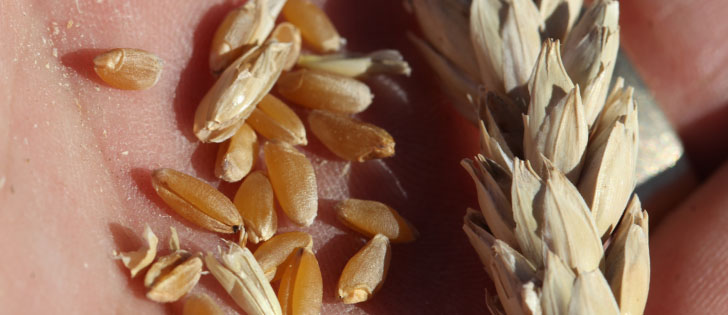Farm aid programs in the United States continue to ensure the rich get richer, says a group pressing for reform of the subsidy system.Environmental Working Group has updated its database with details on how the U.S. government doled out $15.4 billion US in farm subsidies in 2009.That number is down from $17 billion in 2008 and the 15-year average of $16.35 billion due to improved commodity prices, which has decreased the need for price support programs.But the group sees the continuation of a disturbing trend. The largest and wealthiest 10 percent of farmers harvested 61 percent of the available subsidies in 2009. Those same farmers have received an average total payment of $445,127 per recipient over the past 15 years.“Introduced after the Great Depression and once the saviour of struggling small family farms, these subsidy programs have been co-opted to support plantation scale production of corn, soybeans, rice, cotton and wheat,” said the group, whose mission is to protect the environment and human health.Sixty-two percent of U.S. farmers did not collect any subsidy payments. But those who did fared well, especially corporate farms, despite repeated attempts to cap the amount available to them.For instance, California’s SJR Farms, Louisiana’s Balmoral Farming Partnership and Arizona’s Gila River Farms received $2.1 million, $1.9 million and $1.7 million respectively.Richard Phillips, executive director of Grain Growers of Canada, said those kinds of lucrative subsidies drive down the price of grain by encouraging overproduction of certain crops and that has a direct impact on Canadian farm incomes.“It has a dampening effect (on prices), especially in commodities where we’re competing head-to-head, which is a lot of the cereal grains and in the global oilseeds market,” he said.U.S. wheat farmers received $2.27 billion in subsidies in 2009, soybean farmers got $1.73 billion, barley growers raked in $108 million and canola growers received $21.8 million.Agriculture Canada has calculated that U.S. and European Union farm subsidies cost Canadian grain farmers $1.3 billion per year. That calculation was made prior to the run-up in grain prices that began in late 2007.While Canadian farmers are looking for an overall reduction in subsidies, the Environmental Working Group want a redistribution of resources to smaller farmers, fruit and vegetable growers and other programs contained within the 2008 Farm Bill.“While commodity crop subsidies continue unabated, more pressing priorities like providing healthy school lunches and funding programs that help farmers prevent pesticides and other contaminants from getting into drinking water and protect wildlife habitat go unaddressed,” said the group in a news release.Farm household income in the U.S. has exceeded average American household income every year since 1996. U.S. farm income is projected to rise a further 12 percent in 2011.But members of Congress from agriculture dependent states and districts continually thwart attempts to reform subsidy programs.“Congressional agriculture committees have twice rebuffed president (Barack) Obama’s efforts to trim payments to wealthy farmers and president George W. Bush watched his subsidy-spurred veto of the Farm Bill overridden,” said the group in its release.Don Carr, spokesperson for the Environmental Working Group, said there is a growing sense of optimism that legislators are finally ready to embrace change given ballooning federal budget deficits, robust farm income and anger over government spending and intervention in the private sector.“We’re hearing encouraging signs that everyone is realizing the current subsidy system is untenable,” he said.House agriculture committee chair Collin Peterson launched the first hearings on the 2012 farm bill on April 30.“He is saying everything is on the table,” said Carr.Phillips has heard there is a big push from U.S. policymakers to switch to a whole farm revenue program from the current system based on target grain prices.Grain Growers of Canada is pushing the Canadian government to take a hard look at the same type of system.A study by Cornell University shows that a whole farm revenue system would be more predictable and provide better coverage for Canadian farmers, said Phillips.
Read Also

Storm dynamics and extreme rainfall
Besides moisture, instability and orographic lift, the next biggest factor that contributes to heavy or extreme rainfall is storm dynamics.















